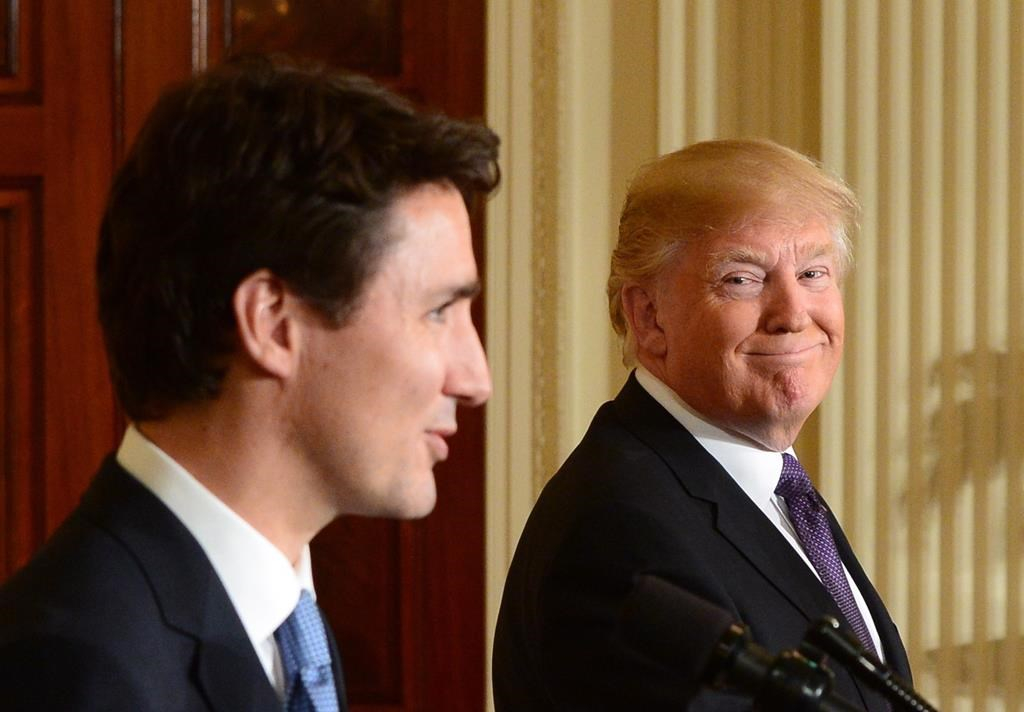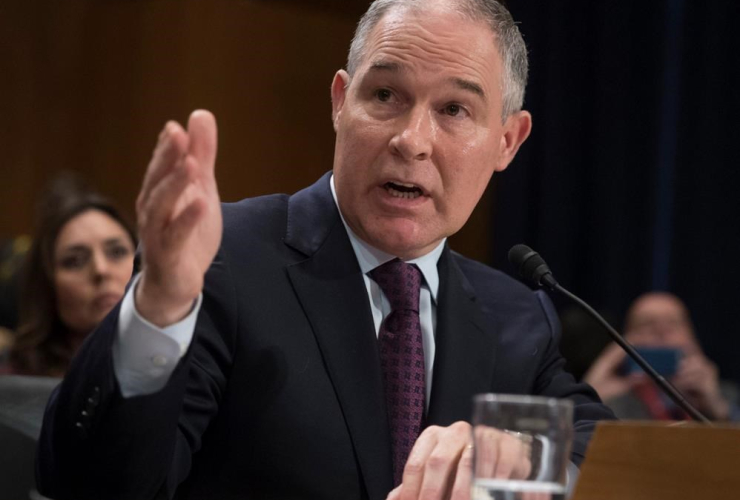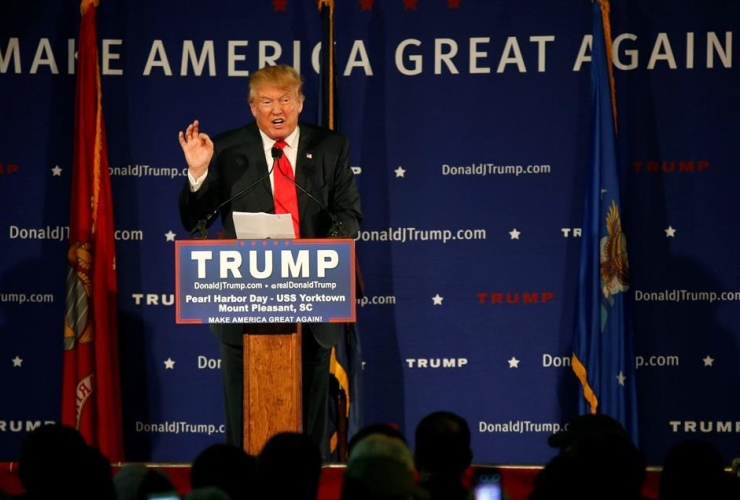Donald Trump has ordered his bureaucrats to slash regulations — for every one created, the U.S. president wants them to eliminate two. Now comes the hard part of actually implementing the campaign promise.
Enter Canada.
The Canadian government intends to share lessons it has learned after years of experience with a related policy. It's among the topics of conversation as Treasury Board President Scott Brison arrives Friday for a two-day visit to Washington.
Trump has explained his plan as an important signal to businesses: "For every one regulation, two are out. So we knock out two," the president said during a meeting with the retail industry this month.
Now it's Mick Mulvaney's job to make it work. He's the cabinet member for the Office of Management and Budget, tasked in Trump's executive order to design the policy. Brison will meet him during a visit that will also include meetings with state governors.
A pair of circumstances have nudged Canada into the conversation.
Both date back several years, predating the Trump and Trudeau governments. The first: the countries already discuss regulations all the time. Ex-leaders Barack Obama and Stephen Harper created a binational body in 2011 to try whittling down burdensome rules, and it has held meetings ever since.
One often-cited example involves lipstick.
A Canadian official who helped create the Regulatory Co-operation Council lamented that it cost $700 to bring lipstick with SPF protection to market in the U.S. — and $700,000 in Canada, where it was labelled a pharmaceutical product.
Canada also has experience with deregulation-by-formula. The Canadian equivalent is less aggressive than what Trump has ordered, but it's similar in spirit.
The Harper Conservatives created a one-for-one requirement: if one new regulation comes in, one has to go. They experimented with it and eventually enshrined it in law in the 2014 Red Tape Reduction Act.
Some people in Washington have already heard about it from Brison's predecessor.
In testimony before the U.S. Congress in 2015, then-treasury board president Tony Clement enthusiastically promoted the one-for-one policy, saying it had already saved businesses C$32 million and almost 750,000 in wasted manhours: "Canada is open for business," Clement said.
Now the Liberals intend to share lessons learned with the new administration — some good, some bad.
"There has been significant experience here with a legislated regulatory review system," said Brison spokesman Jean-Luc Ferland.
"We know that's a shared priority of the new administration in the U.S. What we're looking to do is discuss best practices, as the U.S. develops their own review mechanism.... There's both lessons learned, in terms of successes, and things we've had to improve over time."
He also insisted that regulatory co-operation with the U.S. had always been a priority for the Liberal government, rejecting the interpretation of some observers that moving it from Harper's Privy Council Office to the Liberals' Treasury Board constituted a downgrade.
Ferland credited regulatory co-operation for saving the paint and coating industry C$55 million in 2015, because companies do not need to retest, reclassify and relabel their products to sell them in both markets.





Comments